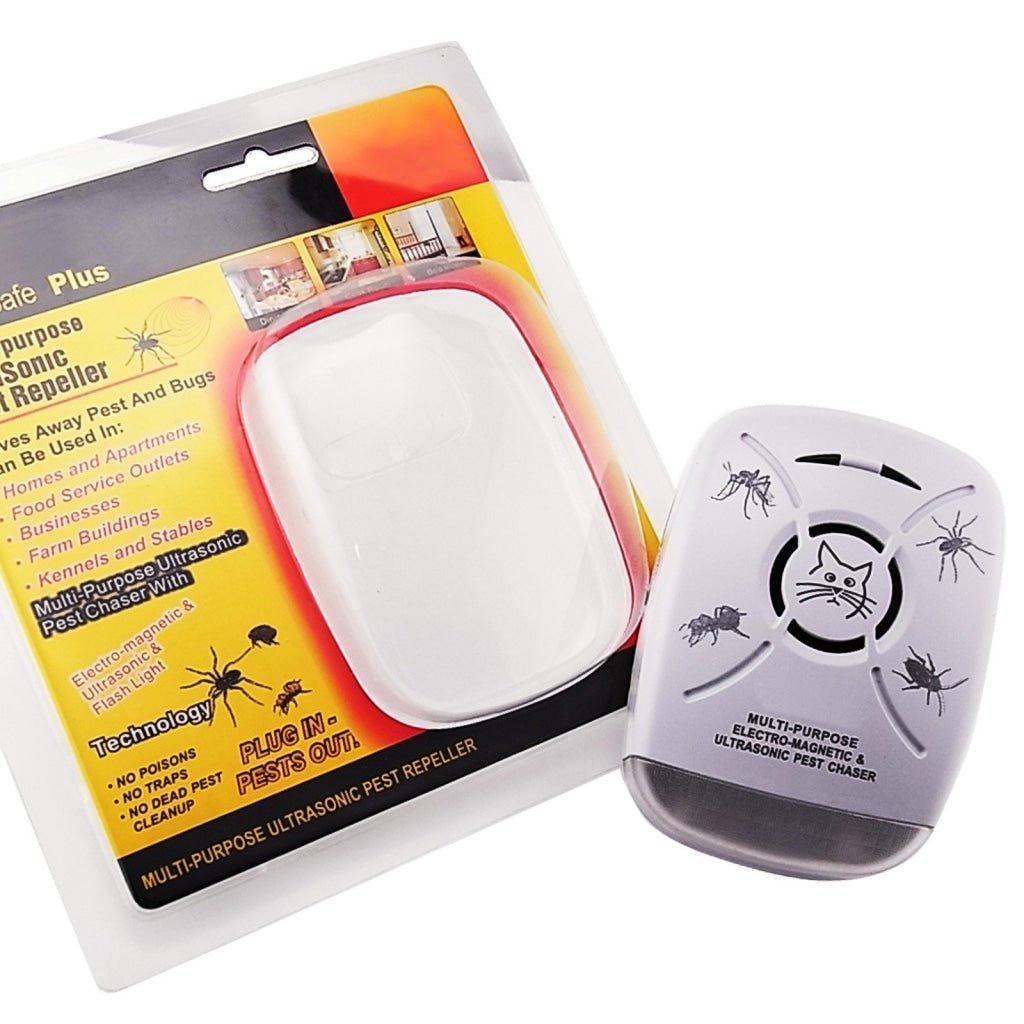Some Of Pestwise
Some Of Pestwise
Blog Article
9 Simple Techniques For Pestwise
Table of ContentsSee This Report on PestwisePestwise for DummiesThings about PestwiseSome Of PestwiseThe Main Principles Of Pestwise The Main Principles Of Pestwise 7 Easy Facts About Pestwise Shown

Q. Specify "incorporated pest administration" (IPM) and listing a number of possible control tactics that might be utilized in an IPM approach. A. Integrated bug management is the integrating of suitable pest control techniques into a solitary plan to minimize insects and their damages to an acceptable level. Pest control techniques may include: host resistance, organic control, cultural control, mechanical control, hygiene, and chemical (pesticide) control.
The 7-Minute Rule for Pestwise
What can you do to keep the bugs you are attempting to control from ending up being immune to the chemicals you make use of? A. Insect resistance can be decreased by making use of incorporated pest management and turning the kinds of chemicals used.
Pests are a vital danger to the farming organization, and integrated pest management assists cultivators address and alleviate these dangers. Integrated bug administration makes use of numerous approaches in facility, hence being a much more reliable remedy to the concern. Termite Treatment. Specifically, eliminating hostile chemical methods permits minimizing harm to individuals and the setting by making use of all-natural and much safer choices instead
How Pestwise can Save You Time, Stress, and Money.
The objective of integrated parasite monitoring is to reduce this harm and control appropriate invasion levels instead than get rid of all unwanted populations. This is why it is vital to recognize what procedures are justified in each situation and use hostile ones just when various other integrated administration techniques do not function. Integrated administration mitigates the adverse consequences of a non-IPM strategy, and the main advantages of IPM Advantages of IPM.
A proper understanding of the infestation range identifies if the issue ought to be dealt with. are the next elements of an IPM program because it is vital to recognize if the microorganisms make potential dangers and pick the integrated administration alternatives or the particular chemical usage. mean to lower infestations by applying various agronomic strategies.
Examine This Report about Pestwise
if prevention was inadequate. Integrated management options in an IPM program beginning with safer to a lot more hostile ones. As an example, target or program chemical spraying might comply with hands-on elimination or trapping that hasn't helped. The above-mentioned integrated administration elements help understand how to plan and implement an IPM program detailed: Display your plants consistently.

To name a few, IPM social methods include the following area monitoring techniques: soil treatment; selection of suitable plants; crop turning; interplanting or strip cropping; option of planting dates; weed control; use catch plants. Beneficial soil conditions speed up plant growth, and strenuous plants are more resistant to infestations. Bug Exterminator. In incorporated bug administration, dirt screening assists comprehend if the field is suitable for the production of this or that crop, and after that use the doing not have nutrients to guarantee plant healthy and balanced development
A Biased View of Pestwise
No-till techniques assistance prevent dirt disintegration, adding to lasting farming. Nevertheless, when tilling is necessary, it is suggested to perform it in the loss to expose them to all-natural enemies and extreme weather condition. Healthy seed startings and seeds predetermine effective plant growth, so it is crucial to choose pest-free planting product with strong roots.
Hence, among various other applications, crop rotation can be successfully made use of as an integrated insect administration technique. Vermin spread out slower if rows of various plant kinds divide their host plants in intercropping or strip cropping, which is additionally made use of in the incorporated parasite management system. Conversely, problems raise when plants of the very same plant kind or family grow together.
Similarly, potato beetles can harm growing potatoes, in addition to tomatoes. Growing catch plants in patches is an additional option for IPM intercropping. This incorporated parasite monitoring approach recommends drawing in insects to particular plants and after that controlling them with chemical or mechanical strategies. Particularly, you can expand soybeans as trap crops for Japanese beetles.
All About Pestwise
Obstacles are typical examples of physical IPM approaches. Mature bugs or their eggs and larvae are accumulated by hand and ruined.

Department of Plant Sciences. University of Missouri. Soil solarization is an efficient incorporated management strategy to sanitize the area by heating it in a natural method. This incorporated management approach suggests a typical means of destroying insects by predators, parasitoids, virus, and various other organic control representatives (also known as hostile microorganisms). The role of organic control in IPM is to.
The Best Guide To Pestwise
With time, their population became a real nuisance to farmers alongside aboriginal kangaroos or dingoes. The cane toad is another case illustrating integrated organic control failure hereof when it rejected to quest the target types and ended up being an insect itself. Parasitoids develop on or within their hosts to at some point eliminate them after growing.
Report this page